At ET Design-Build, we believe in shaping the future, both through the projects we deliver and the people we mentor. This spring, President and CEO Bill Higginbotham traveled with a group of students from the Georgia Tech School of Civil and Environmental Engineering on a study abroad experience designed to do just that: build real-world exposure and deepen technical curiosity for the next generation of engineers.
The immersive trip, part of Georgia Tech’s longstanding Study Abroad program, was far more than a sightseeing tour. It was an opportunity for students to engage with the forefront of innovation and sustainability. Specifically, they collaborated with the Swedish startup Stilfold, a trailblazing company reinventing the way we think about fabricating steel plate shapes and structures.
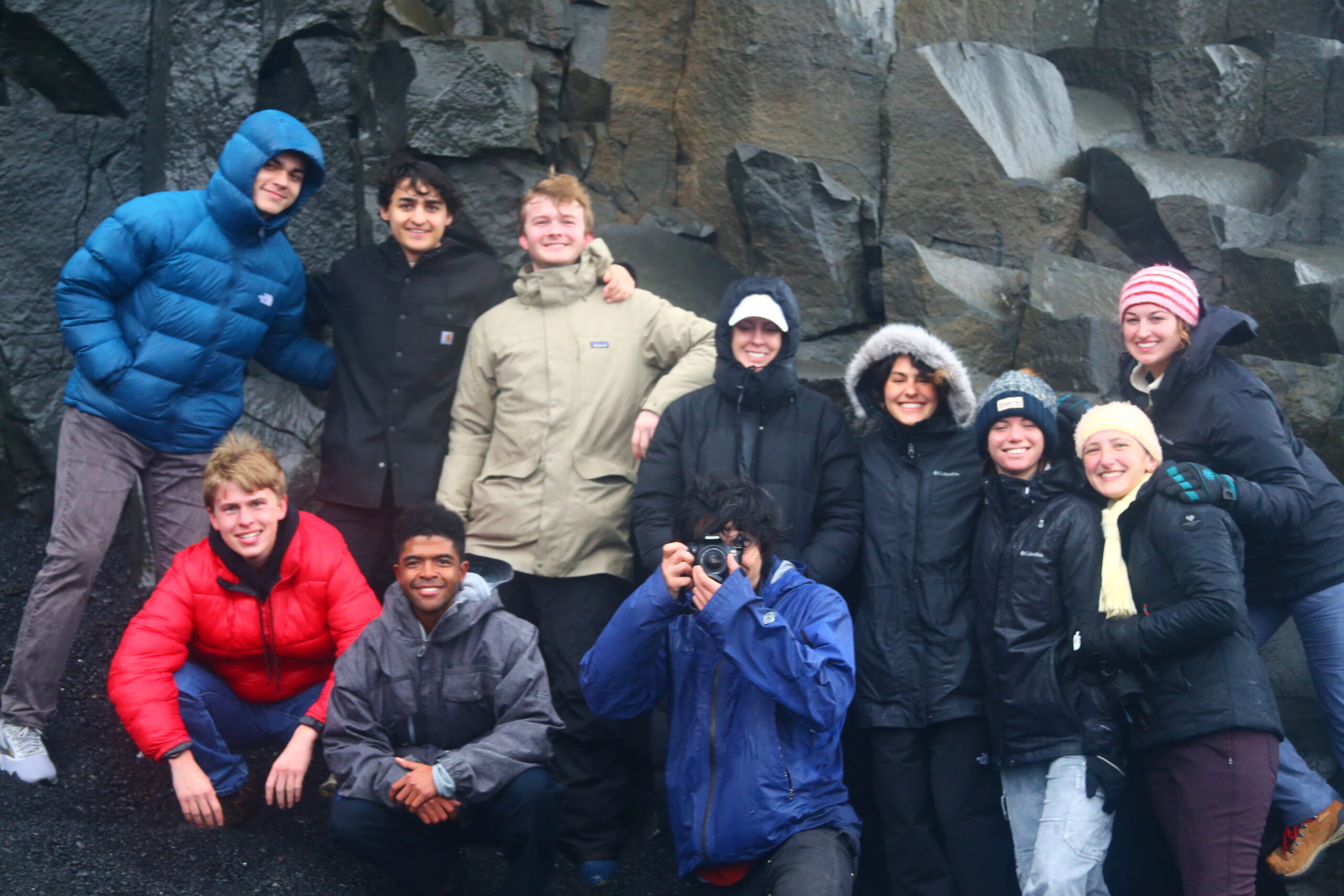
From the Classroom to the Cutting Edge
Led by a small team of Georgia Tech professors, including Higginbotham, the program selected 20 high-achieving students from senior-level electives focused on entrepreneurship and innovation as well as origami engineering (yes, you read that right—structural engineering based on nonlinear, foldable designs). Together, they embarked on a two-part international journey: Stockholm, Sweden and Vík, Iceland.
While in Stockholm, students spent several days inside Stilfold’s headquarters, working shoulder-to-shoulder with engineers and entrepreneurs to understand the math, material science, and real-world applications behind their novel folding techniques. Stilfold’s patented technology uses origami-like curvilinear folds to bend flat sheets of metal into strong, sustainable structures—an approach that has the potential to revolutionize industries from automotive to architecture.
Stilfold engineers paused production and welcomed the Georgia Tech group into their shop, giving students the chance to prototype their own folded-structure ideas, present to a panel of peers and gain invaluable feedback.
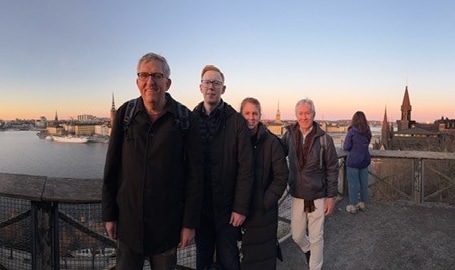
A Stronger Foundation—Literally and Figuratively
The experience was powerful on several levels. Technically, students saw firsthand how folded materials can reduce the number of parts needed in manufacturing—like how a Mercedes E-Class door frame was recreated using just seven Stilfold parts instead of the standard 24, while achieving equal strength and rigidity. They also explored how this type of technology could influence future engineering and manufacturing careers and sustainable design worldwide.
Personally, the impact was just as profound. Students didn’t just learn; they lived the experience! They brainstormed new product ideas, learned how to pitch them, and listened to founders share the story behind a world-changing concept. And yes, they even got a taste of authentic Swedish hospitality, complete with a traditional sauna, Baltic Sea plunge, and more than one round of reindeer sausage and beer.
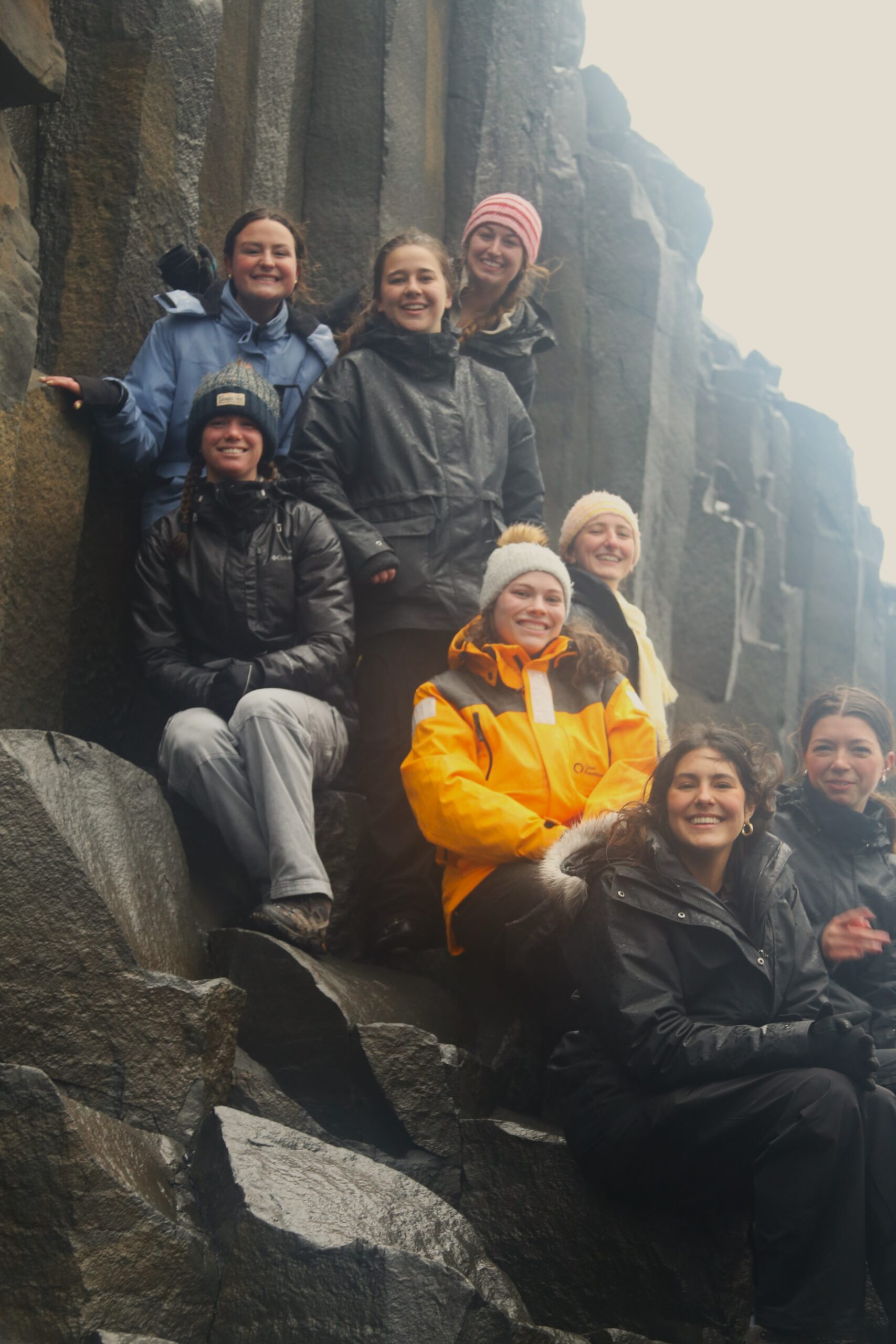
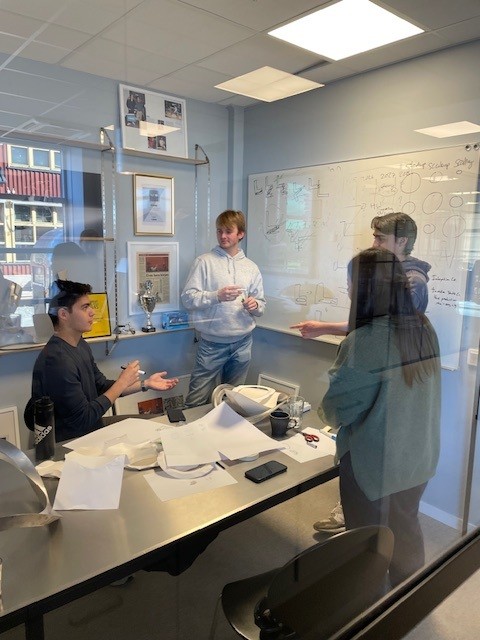
Wrapping Up in Icelandic Style
After their deep-dive into applied engineering, the group headed to Iceland for a well-deserved break—hiking the Sólheimajökull Glacier, exploring black sand beaches, visiting the famed Blue Lagoon, and soaking in the stark beauty of the southern coast. The experience offered students a moment to decompress, reflect, and bond with their peers and mentors in unforgettable ways.
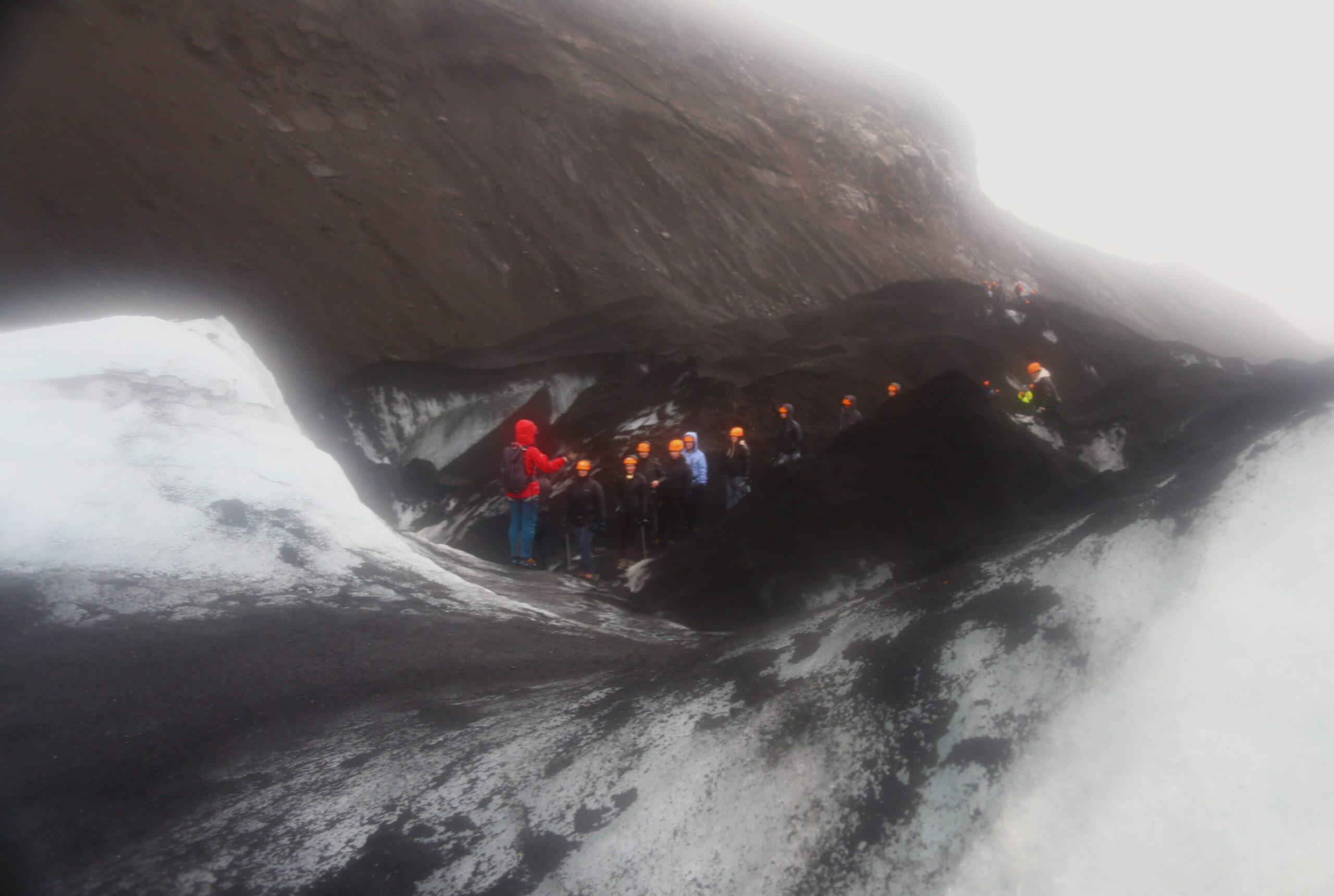
The Bigger Picture
Trips like this are more than educational perks—they’re a glimpse into what the future of engineering education can and should look like. Georgia Tech is a recipient of the National Science Foundation’s RED (Revolutionizing Engineering Departments) Grant. It honors how the school is reimagining the way engineering is taught, favoring experiential learning and storytelling over rigid lectures.
“Storytelling and immersive experience are the most powerful ways we can prepare these students for the careers ahead of them,” says Higginbotham. “You can’t teach how to build something extraordinary unless students get the chance to see it, ask questions, try and fail, and try again.”
At ET Design-Build, we’re proud to be part of programs like this—ones that don’t just teach engineering but ignite the spark that brings it to life. We look forward to continuing to support this initiative in the years ahead.



